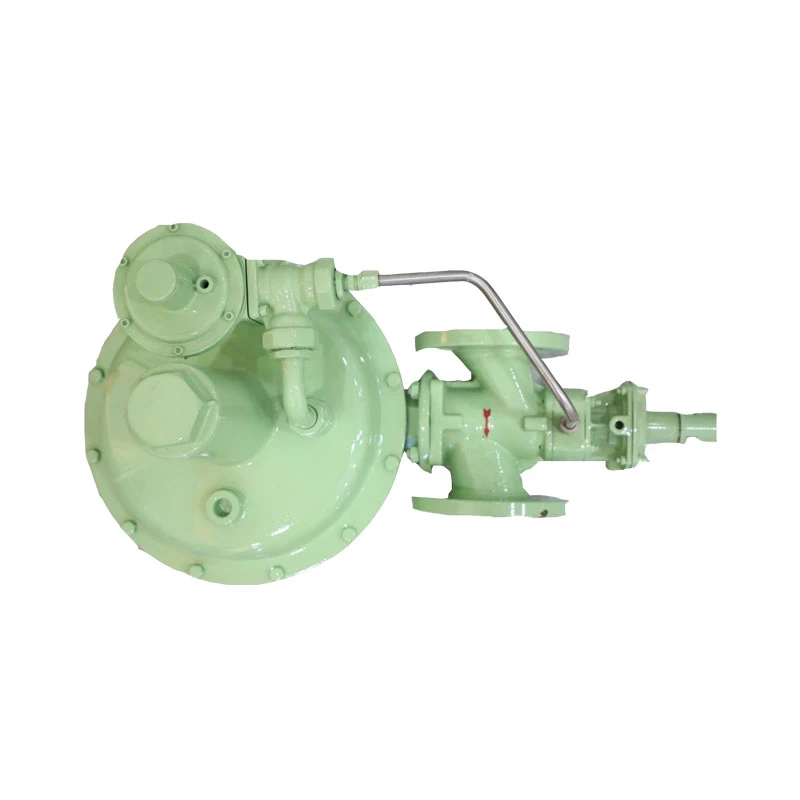
Oct . 21, 2024 21:42
Back to list
Natural Gas Pressure Reduction Station Overview and Operational Efficiency
Natural Gas Pressure Reduction Station An Essential Component of Gas Distribution
Natural gas plays a pivotal role in the modern energy landscape, providing an efficient and clean source of energy for residential, commercial, and industrial uses. However, to ensure that this vital resource reaches consumers in a safe and effective manner, it is essential to manage its pressure throughout the distribution network. This is where a Natural Gas Pressure Reduction Station (NGRS) comes into play.
Understanding Pressure Reduction Stations
A Natural Gas Pressure Reduction Station is a facility designed to decrease the pressure of natural gas as it flows from transmission pipelines to distribution lines. Natural gas is often transported at very high pressures—sometimes exceeding 1,500 psi (pounds per square inch)—to facilitate long-distance transport. However, once the gas approaches urban or commercial areas, the pressure must be significantly lowered to prevent damage to pipelines and ensure safety for the end-users.
Why is Pressure Reduction Necessary?
High-pressure gas can be dangerous if not handled properly. It can lead to leaks, which pose significant safety hazards, including explosions and health risks. Moreover, appliances designed to operate on natural gas typically work at much lower pressures, often ranging between 4 to 14 inches water column. Therefore, a pressure reduction station serves to make the gas safe and usable for residential and industrial applications by reducing its pressure to levels that suit these appliances.
Components of a Pressure Reduction Station
.
1. Incoming Pipeline This is where high-pressure natural gas enters the station from the transmission line.
محطة تخفيض ضغط الغاز الطبيعي

2. Pressure Regulators These devices are vital for reducing the pressure of incoming gas to the desired level. They automatically adjust and maintain pressure, ensuring that the gas leaving the station is within safe operating limits for downstream distribution.
3. Oxygen Analyzers To ensure that the gas remains free from contaminants, oxygen analyzers monitor the gas quality. This is essential since the presence of oxygen can lead to combustion issues in appliances.
4. Flow Meters These instruments measure the amount of gas flowing through the station, which is critical for operational efficiency and billing purposes.
5. Bypass and Isolation Valves These valves are essential for maintenance operations. They allow sections of the station to be isolated without interrupting the entire gas supply.
6. Safety Systems Ensuring safety is paramount in gas distribution. This includes alarms, emergency shutdown systems, and automatic shut-off valves that respond to pressure fluctuations or leaks.
The Role in Natural Gas Distribution
The role of pressure reduction stations extends beyond mere pressure management. They contribute significantly to the overall efficiency and reliability of the natural gas distribution network. By maintaining optimal pressure levels, these stations help prevent leaks and potential damage to infrastructure, ensuring that millions of consumers can access natural gas safely and reliably.
Conclusion
As the demand for natural gas continues to grow in various sectors, the importance of facilities such as Natural Gas Pressure Reduction Stations cannot be overstated. These stations are not just critical for maintaining safety and efficiency but are also crucial for supporting the transition toward cleaner energy sources. With technology advancing and the emphasis on safety increasing, NGRS will continue to play a vital role in the sustainable growth of the natural gas industry, ensuring that it meets the needs of today's consumers while paving the way for a cleaner energy future.
Next:
Latest news
-
Safety Valve Spring-Loaded Design Overpressure ProtectionNewsJul.25,2025
-
Precision Voltage Regulator AC5 Accuracy Grade PerformanceNewsJul.25,2025
-
Natural Gas Pressure Regulating Skid Industrial Pipeline ApplicationsNewsJul.25,2025
-
Natural Gas Filter Stainless Steel Mesh Element DesignNewsJul.25,2025
-
Gas Pressure Regulator Valve Direct-Acting Spring-Loaded DesignNewsJul.25,2025
-
Decompression Equipment Multi-Stage Heat Exchange System DesignNewsJul.25,2025

